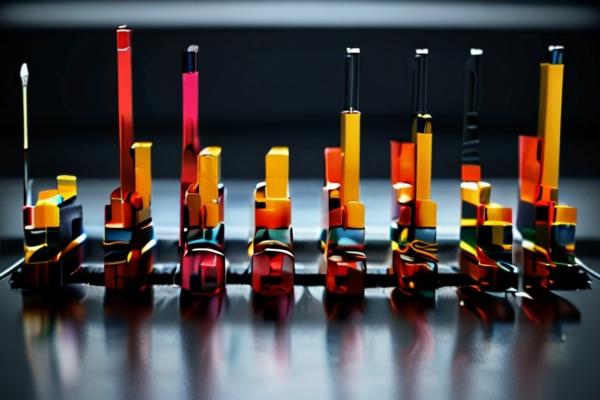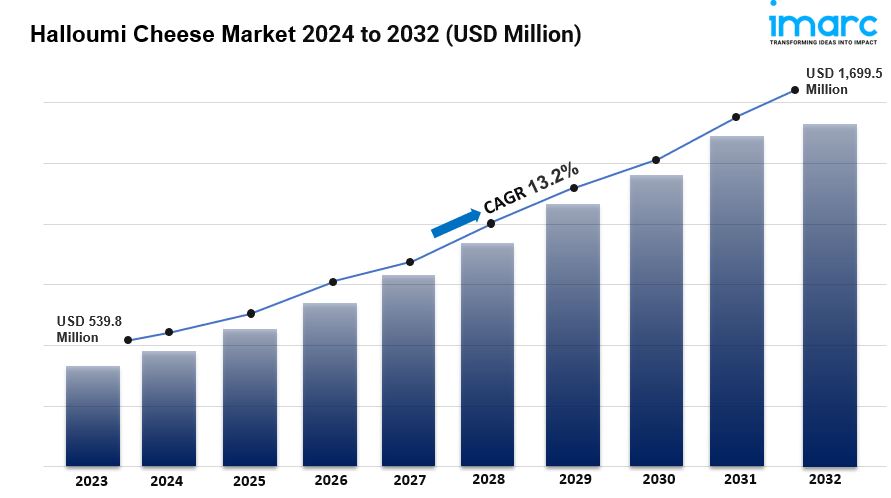 Google Ads Done Right – More Clicks, Less Waste!
Google Ads Done Right – More Clicks, Less Waste!
Visual Inspection Guidelines in India, Qualified Toxicologists, and Particle Contamination Testing
Written by James » Updated on: June 17th, 2025

In industries like pharmaceuticals, medical devices, and food manufacturing, keeping products clean and safe is extremely important. To ensure high-quality standards, processes like visual inspection and particle contamination testing are widely used in India. Having qualified toxicologists helps in understanding and managing any risks related to contamination. FTI Incorporation offers top-notch services in these areas, making sure that products are safe and meet the required standards.
In this article, we will explain visual inspection guidelines in India, the role of qualified toxicologists in India, and the importance of particle contamination testing in India, using simple language so that everyone can understand these critical processes.
Visual Inspection Guidelines in India
Visual inspection is a process where products are examined to make sure they are free from defects like cracks, discoloration, or contamination. This can be done by looking at the product directly or using special tools like magnifying glasses.
What Are the Criteria for Visual Inspection?
The visual inspection guidelines in India follow strict criteria to ensure the safety and quality of products. Here are some important factors:
- Clarity: In liquid products, there should be no visible particles floating around.
- Surface Appearance: Containers or solid products should not have cracks, dents, or scratches.
- Consistency: The color and texture of the product should be the same for every batch.
- Foreign Particles: The presence of any unwanted particles is considered a defect.
- Label and Seal: Labels should be clear and seals should be tight to prevent tampering.
What Is the Standard for Visual Inspection?
The visual inspection standards in India follow global guidelines, including those set by the United States Pharmacopeia (USP) and the International Organization for Standardization (ISO). These standards ensure that inspections are done correctly and that products are safe for use.
What Is the Procedure for Visual Inspection?
The procedure for visual inspection in India includes the following steps:
- Preparation: The product is cleaned and placed in a clean environment to avoid any contamination.
- Lighting: The product is inspected under bright lights to ensure every detail is visible.
- Inspector Examination: Trained personnel inspect the product, and they may rotate shifts to avoid fatigue.
- Use of Tools: Sometimes, magnifying glasses or microscopes are used to spot very small defects.
- Classification: Any defects found are classified as major, minor, or critical, and the necessary actions are taken.
What Is the Basic Principle of Visual Inspection?
The basic idea behind visual inspection is that trained people examine the product carefully, looking for any differences from the standard. In some cases, machines are also used to help spot problems that humans might miss.
Particle Contamination Testing in India
Particle contamination means the presence of unwanted particles like dust, metal, or fibers in a product. In India, particle contamination testing is an important process, especially in the pharmaceutical and food industries, where even a tiny particle can cause serious issues.
What Is the ISO Particle Count Test?
The ISO particle count test is a method used to check the cleanliness of air or surfaces. In industries where clean environments are essential, like pharmaceutical manufacturing, this test ensures that the number of particles in the air is within safe limits. This test follows the guidelines set by ISO 14644, which defines how clean a cleanroom should be.
What Is the Particle Count Test in the Pharmaceutical Industry?
In the pharmaceutical industry, the particle count test is used to measure the number and size of particles in a product. For example, if a medicine is meant to be injected, even a tiny particle can be harmful. Therefore, the product is passed through a special machine that counts the number of particles to make sure the product is safe for use.
What Is Particulate Contamination?
Particulate contamination refers to the presence of tiny particles like dust, metal fragments, or fibers in a product. In the pharmaceutical industry, particulate contamination can happen during production if machines or packaging materials shed small pieces. These particles can be harmful, especially in medicines that are injected into the body, so it's very important to test for them.
What Is Particle Size Testing for Dust?
Particle size testing helps measure the size of dust particles that may contaminate a product. This is especially important in industries like pharmaceuticals, where even tiny particles can pose risks. The test involves collecting dust and examining it under a microscope to determine its size. This helps in understanding if the environment is clean enough for production.
Qualified Toxicologists in India
Qualified toxicologists in India play a key role in making sure that products are safe for use. They study any harmful effects that could come from contaminants and ensure that products meet safety standards.
Role of Qualified Toxicologists
- Risk Assessment: Toxicologists evaluate the risks of contaminants found during testing and decide whether the product is safe to use.
- Regulatory Compliance: They help companies comply with government regulations and standards, ensuring that products are free from harmful substances.
- Product Safety: Toxicologists work to make sure that the ingredients and final products are safe, particularly in pharmaceuticals and food industries.
Conclusion
To ensure product safety and quality, visual inspection guidelines in India, qualified toxicologists in India, and particle contamination testing in India are critical processes. By following strict standards and using state-of-the-art technology, FTI Incorporation helps industries produce safe and high-quality products. Visual inspections help spot defects, while particle contamination testing ensures that products are free from harmful particles. Qualified toxicologists further support the process by assessing risks and ensuring that all products meet safety standards.
Understanding these processes is important not just for manufacturers but also for consumers, as they guarantee that the products we use are safe and effective.
Note: IndiBlogHub features both user-submitted and editorial content. We do not verify third-party contributions. Read our Disclaimer and Privacy Policyfor details.
Copyright © 2019-2025 IndiBlogHub.com. All rights reserved. Hosted on DigitalOcean for fast, reliable performance.














